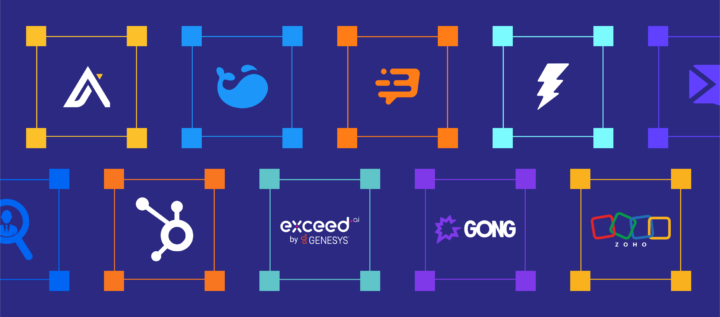10 steps to building a sales enablement strategy in 2024
Discover the secrets of rapid sales metrics growth from Dashly team experts. What strategies and tools to use, which pitfalls to avoid, what examples and best practices to follow.

Part 1: What is sales enablement? Definite guide + Strategy + Tools
Part 2: How to measure sales enablement: 20 metrics to track in 2024
Part 3: AI in sales enablement: 5 strategies to transform your sales process
Part 4: 10 steps to building a sales enablement strategy in 2024
Part 5: How to Create an Automated Sales Funnel: examples & tools
Part 6: 7 sales enablement best practices to empower your team
Part 7: Top 13 sales automation tools to propel your sales strategy
Part 8: 10 Sales Enablement Tools: Best Software To Grow Your Team Performance
Part 9: How to structure your sales enablement team: 10 roles and responsibilities
Part 10: Mastering sales automation: A comprehensive guide to best practices and tools
Hey there! I’m the CSO at Dashly, where we’ve dialed in our sales enablement strategy to perfection. Imagine this: our sales jumped 150% after we introduced a strategic enablement framework. Cool, right?
Are you looking to replicate that success? I’ll break it down into 10 simple steps, from the initial sales enablement assessment to rolling out the best tools and practices.
If you’re curious about how to build a sales enablement strategy that really cranks up your team’s numbers, you’re in the right spot. Let’s unlock that stellar performance together!
Why is a Sales Enablement Strategy Important?
Getting sales to soar is like hitting the gym — you need a plan to see results. That’s where a sales enablement strategy steps in. It’s not just about pushing products; it’s about equipping your team with the right tools and info at the right time. By creating a system that does this, you help your team close more deals, more often.
Supercharging Sales Performance
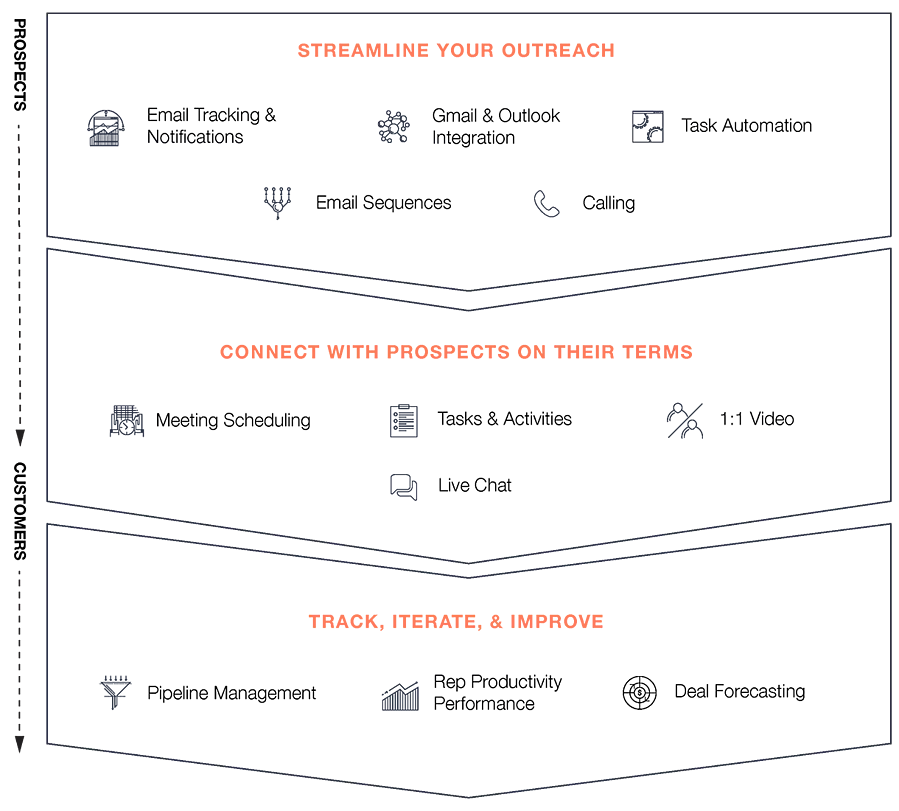
For starters, sales enablement can supercharge sales pipeline metrics. Take it from us; after sculpting our own enablement strategy, our win rate shot up by 67%. Imagine every rep nailing their targets because they’ve got battle-tested pitches and killer product knowledge. That’s the difference a strategy makes.
Aligning Sales and Marketing Teams
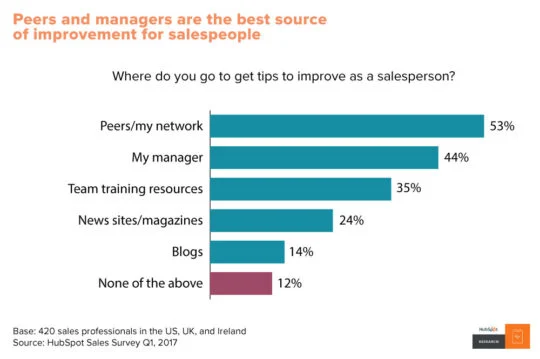
Then there’s bridging the gap between sales and marketing. Before we got our act together, it was like an awkward dance. But with a solid enablement strategy, it’s a power duo. Sales know what they’re selling, and marketing provides the ammo. We saw a 40% increase in sales-marketing alignment, leading to messaging so consistent it could make a metronome jealous.
Speeding Up The Learning Curve
When I joined Dashly, the onboarding process was, honestly, a bit of a slog. By implementing a hands-on sales enablement strategy, we transformed training. Now, recruits hit their stride in half the usual time, contributing to a jump in team productivity by over 50%. I’ve watched rookies confidently closing deals in their first month, thanks to interactive sessions and focused mentorship from our vets.
Read also:
👉 10 Amazing Benefits of Sales Funnel to Boost Your 2025 Strategy
👉 B2B Marketing Sales Funnel Strategies That Drive Results
Driving Data-Driven Sales Tactics
Previously, our sales approach was like throwing darts in the dark. By embedding a data-centric strategic enablement framework, the game changed. We started using analytics to track everything. I’ll never forget when the new insights helped us tweak a campaign that was floundering, turning it into one that delivered a 30% uplift in conversions. It’s all about equipping the team to pivot strategies swiftly, backed by data they can trust.
So, how do you make it happen?
Start with a sales enablement assessment. Figure out what reps need, then create materials that hit the mark. Equip them with case studies or battle cards for that ‘just-right’ pitch. And training — tons of it. With a strategic enablement framework, training’s not a snooze fest; it’s reps getting secret codes to unlock customer nods.
In short, how to build a sales enablement strategy isn’t just a nice-to-have. It’s the blueprint for a sales machine that runs smoother, faster, and with all cylinders firing.
Save your SDR time with Dashly AI
2x your sales by contacting the most promising leads first with Dashly AI chatbot
Key Components of a Successful Sales Enablement Strategy
Zeroing in on the fab four of sales enablement seriously amps up your sales enablement strategy. These rockstars of the sales world are:
- Groovy Training and Coaching
- Killer Content Creation and Management
- Gizmos and Gadgets (aka Technology and Tools)
- Harmony in Cross-Departmental Collaboration
Nailing these elements means you’re composing an epic sales enablement strategy that turns reps into legends who know their stuff and close deals like it’s nobody’s business.
Up next, we’re taking a backstage tour, giving each member of the band their moment in the spotlight. Get ready for the inside track on how to build a sales enablement strategy with practical tips that’ll have you creating marketing-meets-sales magic. Stick with these key plays, and you’ll be en route to hitching your sales team to a star and shooting for those growth goals.
By the way, you won’t want to miss the “how-to” on conducting your own kickass sales enablement assessment within our strategic enablement framework — it’s pure gold.
Training and Coaching for Sales Reps
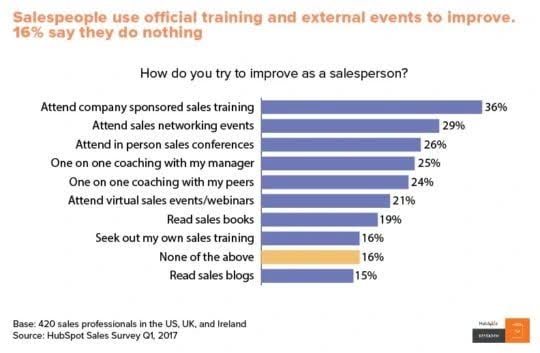
Let’s talk about getting our sales band in tune — training and coaching, the headliners of our sales enablement strategy. It’s like giving each rep their own vocal coach and spotlight. At Dashly, we didn’t just create a training program; we crafted a hit factory.
Sales training isn’t about snooze-worthy lectures. It’s interactive, it’s ongoing, and it definitely doesn’t end after the first week. We keep it fresh with regular jam sessions — think of them as tune-ups to keep skills sharp and pitches on point.
Coaching, you ask? It’s personalized. We pair up reps with mentors who’ve rocked their sales quotas. These are the Yodas to our Luke Skywalkers, offering wisdom and nifty lightsaber (or should I say, lead-closing) techniques.
And let’s face it, a one-size-fits-all approach in sales enablement? A big no-no. Each rep has their style, their strengths. We’re about creating stars, not clones. By focusing on individual development, we’ve seen our team’s performance hit the high notes — consistently.
So, in the symphony that is, sales, training, and coaching aren’t just the pre-show; they’re the main act in our enablement strategy. They make sure our sales melody is sweeter than the competition’s, every single time. Ready to see your numbers do a crowd-surf?
Content Creation and Management
Content: the set design of our sales enablement show. At Dashly, we’ve turned content creation and management into an art form — a critical riff in our sales enablement strategy playbook. No random solos here, we’re all about the ensemble.
The Content Creation Setlist:
- Audience Encore: We tune into our audience’s vibe, creating content that resonates with their needs, not just our sales pitch.
- Fresh Tracks Only: Keep it as current as the top 40. Outdated content is like last year’s one-hit-wonder. We craft, update, repeat.
- Backstage Pass: Accessibility is key. We ensure our sales rockstars have VIP access to the best content, so they never miss a beat.
- Crowdsourcing the Chorus: Feedback is our friend. We iterate our materials based on rep insights and customer reactions to keep the crowd roaring for more.
That’s how we lay down a killer content track. With this approach, we’ve seen engagement soar. Ever noticed how everyone hums along to a catchy tune? That’s our content strategy: memorable, sharable, and always on key.
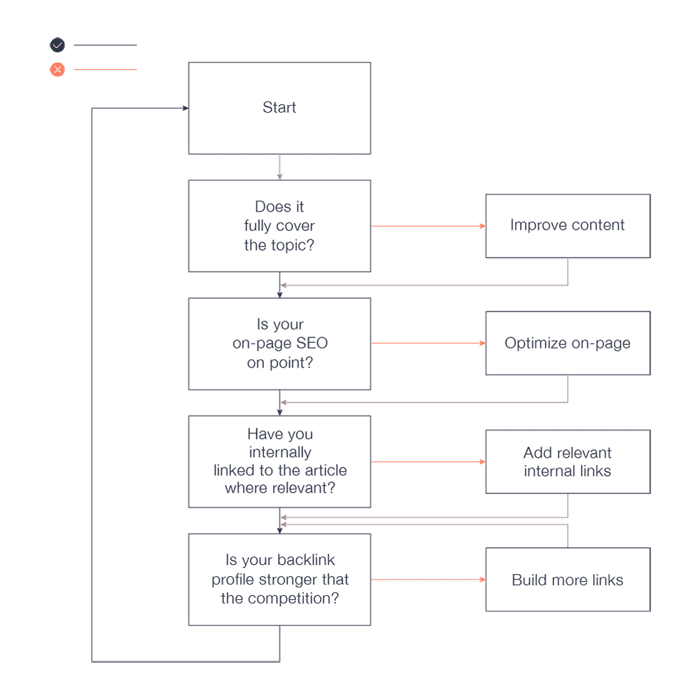
Sales Process Technology and Tools
In the band of sales enablement, technology and tools are the wicked guitar solos that make the crowd go wild. At Dashly, we’ve been groupies for sales process technology since day one because we know it cranks our efficiency to eleven.
Think of these tools as the ultimate backstage pass. We’ve got CRMs tracking our every fan (aka customer), automation that’s like having roadies set up your gear, and analytics that work like sound engineers fine-tuning every note of the sales process.
But it’s not just about stocking the tech toy box. It’s about creating a tech symphony. It goes something like this:
- Select: Choose tools that jam well with your sales rhythm.
- Integrate: Make sure they play nice together for a smooth gig.
- Train: Teach your reps to riff with these tools until it’s second nature.
- Evolve: Keep the setlist dynamic — upgrade and add new tech as you grow.
Getting the tech tune right means our sales reps spend less time messing with dials and more time rocking sales calls. It’s like going from garage band to sold-out stadium tour with your sales enablement strategy.
So let’s jam to success with a killer enablement strategy and the tech tools that’ll have your sales team shouting, “Encore!”
Cross-Departmental Collaboration
Tuning up for sales success isn’t a solo act — it’s a full band collaboration. And in our world, cross-departmental collaboration is the headlining act of our sales enablement strategy. At Dashly, every department syncs up like a supergroup, from marketing to product to customer service — everyone’s in the mix.
We’ve nailed some sweet harmonies by:
- Creating a shared playlist: Our goals and data aren’t siloed; they’re on the main stage for all to see and jam to.
- Holding Backstage Huddles: Regular catch-ups keep us riffing off the same sheet of music and improvising together in real-time.
- Shared Fan Mail (aka Feedback): Customer insights aren’t just for sales; they’re for everybody. This way, we all know what gets a standing ovation.
Think of it as creating a hit record. The sound engineers, the producers, and the artists — they all have a part to play. And when they do it right, you don’t just get a song; you get an anthem. That’s the power of cross-departmental collaboration in our sales enablement strategy. It’s our encore, ensuring we all rock on the same stage and wow the same crowd, together.
Step 1: Define Your Target Audience
Starting a sales enablement strategy? Rule number one: know your audience like your favorite playlist. Without that, you’re playing to an empty house. We turned the spotlight on this step before anything else.
We got the ball rolling with:
- Behavior Tracking: Keeping tabs on digital body language. Which web pages got an encore? What emails got them cheering?
- Deep-Dive Interviews: Sitting down for one-on-ones with existing customers — like getting a backstage pass to their uncut thoughts.
- Surveys: Sending out feelers to capture the crowd’s mood — it’s like having an applause meter.
For the headliners, like our SaaS and EdTech CMOs, we hit the right notes by mapping out a set of pain points. These became the hooks of our sales enablement content, ensuring every word we sang hit home.
Breaking it down into tactics, by creating content that spoke their language, we didn’t just reach our ICPs; we resonated with them. It’s about setting the stage so when we belt out our pitch, it’s like we’re crooning their life story.
So remember, define your audience clearly, because in the sales concert that is a business, the better you know the crowd, the better you can get them to jump to their feet and dance along.
Read also:
Step 2: Define your goals and align your strategy with company goals
After you’ve spotted who’s who in your audience, the next gig for a winning sales enablement strategy is setting up the goals — the setlist to your tour, if you will. It’s crucial these tunes sync with the company’s greatest hits.
For us, it was like tuning our guitars to the right key. Our sales enablement key initiatives became the rhythm to our lead vocals:
- Scale the Onboarding: We wanted onboarding to be like a rock anthem — quick, catchy, and memorable. More reps hitting their quotas in less time? That’s music to any company’s ears.
- Engage to Keep the Band Together: Keeping turnover low is like keeping the band from splitting up. Happy, engaged sales pros don’t go solo.
- Amp Up Productivity: We made sure new tools and tech helped our reps to set up and play their best solos faster.
- Product Know-How is Gold: Knowledgeable reps sell like platinum artists. Product training sessions are their rehearsals.
- Supporting the Growth World Tour: Everything we do in sales enablement is like a stage dive into the crowd of organizational expansion.
So how do you pen your own sales enablement goals?
Like crafting your magnum opus:
- Scan your current hits — where’s your company shining?
- Identify the next chart-toppers — what key objectives will drive growth?
- Write the hooks — translate company objectives into sales enablement plans.
- Get everyone to learn the words — align every department with the goals.
- Launch the tour — kick off initiatives with clear targets and track the ovations (metrics).
Fine-tune your strategy like this, and watch your business headline the biggest stages out there.
Talk to Sales Management about Their Needs
When setting our sales enablement goals, we didn’t just shoot from the hip. We hosted a jam sesh with sales managers, hitting them with the hard questions:
- What tools are just taking up space?
- What could help you hit the high notes?
- What pain points and challenges you face that actively keep you from realizing your full potential?
- What skills, information, and data do you need to optimize your sales approach?
- What are you doing that works well with prospects?
- How do you feel our product is positioned in comparison with our biggest competitors, and what can we do to improve this position?
Picture it — ideas flowed like an epic guitar solo.
One manager needed a GPS for navigating the CRM jungle, while another was looking for a magic mike that could amplify their pitch. “Give us content that turns ‘maybes’ into ‘heck yeses’,” they said, and “Training that morphs rookies into MVPs, pronto!”
We also pumped up the volume by syncing with marketing and customer success teams. Imagine getting the chorus (marketing) to perfect the tune about what messaging resonates. Meanwhile, customer success chimed in with front-row feedback like, “Clients love X but can’t stand Y.”
Their chorus? Streamlined onboarding, tech that didn’t require a degree in rocket science, and content that could seal the deal. So we riffed on that feedback, crafting a sales enablement plan that turned potential into performance.
Remember, it’s a trio, not a solo — involve everyone to create a sales enablement strategy that hits all the right notes.
Step 3: Manage team roles, stakeholders and team connectivity
Get Stakeholders on Board
Now, imagine conducting an orchestra where the violinists aren’t sure why they’re playing. That’s a business without buy-in from key players. Getting stakeholders on board? It’s like hitting that sweet chord progression that gets everyone nodding along.
In my jam sessions with key stakeholders, I’d serve up the vision like a headliner’s promise of an encore. It’s not complex: “Here’s how we’re gonna rock the industry. Here’s your VIP pass. Are you in?” And just like that, you can see them lean in. They’re not just hearing the beat; they’re feeling it. Because when they do, they don’t just support your sales enablement strategy, they’ll be the first ones to cheer for it.
Leverage Connectivity Between Teams
Now onto the real magic show — connecting those siloed solo acts into a symphonic band. It’s about syncing the rhythm section (operations) with the lead guitars (sales folks) and getting the vocals (marketing) to project the right lyrics.
We mapped out the touchpoints where they could harmonize. For us, it meant shared goals, metrics everyone cared about, and frequent huddles to share fan (customer) insights. By creating these collaboration tracks, information flowed as freely as encores at a sold-out concert.
Create New Reps Through Onboarding
You want to see something cool? Watch a new rep go from backstage jitters to center stage confidence. That’s what empowering new talent is all about.
We didn’t just hand them a mic and a lyrics sheet. We crafted an onboarding score that covered everything from product deep-dives to shadowing sales legends. We made sure they understood ‘why’ as well as ‘how’ — because when they see the bigger picture, they can improvise like true rockstars when the usual setlist doesn’t cut it.
There’s no one-size-fits-all here. By creating a personalized experience, we turned our onboarding into a ramp that catapulted new reps right into the limelight — fast.
Wrap all this together, and you’ve got team connectivity that’s not just about emails and meetings. It’s a living, breathing sales enablement strategy that grows as the team and goals evolve. Keep the dialogue ongoing, the goals aligned, and the energy high. That’s how you make great music, or in our case, sales.
Step 4: Define Customer Journey Maps & Touchpoints
Diving into the customer journey for our CMO buyer persona turned into a strategic gig that tuned our sales enablement strategy to perfection. We laid out the red carpet, mapping each step with precision — envisioning the world through a CMO’s eyes.
- We began by creating a baseline of their daily encore — what rocks their world, what tunes they’re likely to skip. For instance, our CMOs groove to thought leadership pieces that sync with the latest marketing trends, and they’re all about ROI and performance metrics.
- Then, we identified key touchpoints: the first riff of awareness when they glimpse our ad, the verse of consideration as they engage with our tailored content, and the chorus of the decision as they weigh our value against the echoes of competitors.
- At each stage, we planted signposts — whitepapers, webinars, case studies — each hit tailored to what our CMO persona craves. We also noted the silent beats — where they might pause or hesitate — and prepared encores (like FAQs and one-on-one consultations) to keep the rhythm going seamlessly.
- By the final note, when the CMO is ready to partner up, our sales team is prepped with personalized pitches, backed by all the backstage insights and support from marketing, product, and customer success. This is the high-fidelity journey mapping that makes our strategy a multi-platinum success.
Step 5: Map Sales Enablement Efforts and Materials to the Buyer’s Journey
So we’ve charted the customer’s journey; the next hit is getting our sales enablement resources to follow the tour bus at each stop. It’s like setting up the perfect merch table — fans get what they want, exactly when they want it.
For us, it meant tailoring our toolkit to match the buyer’s tempo. When they’re just tapping their feet to the beat, we plug in blogs and infographics — starter tracks that get them nodding along. As they start to feel the groove and consider a ticket to our show, we drop in with demos and case studies, like a backstage pass into what we do.
For the big finale, when they are on the verge of snagging that front-row seat — we create personalized pitches and ROI calculators. These killer solos convince them this is the show they can’t miss.
Every piece of content and tool is a note in our symphony of sales enablement strategy — mapped meticulously to their journey, ensuring a smooth ride from curiosity to close.
Here is a short guide for you:
1. Create sales content
Crafting sales content is like loading the jukebox with tunes that everyone wants to hear. It’s key to our sales enablement strategy — ensuring our team has the right track for every mood and moment.
Here’s the lineup we make sure to create:
- One-Pagers: Quick riffs on product benefits.
- Case Studies: Success stories that sing.
- Email Templates: Choruses that get replies.
- Pricing Guides: Clear as a bell, no jargon.
Take our one-sheeters — they’re like top chart singles. We stuffed them with just the good stuff: solid beats of benefits and razor-sharp value props. Made for quick reads, they get feet tapping right away.
Implementing this strategy, we struck a chord with time-strapped execs. They appreciated the conciseness, and our reps could easily riff off these during a jam sesh with potential leads. Creating dynamic, on-point content that resonates with different stages in the buyer’s journey — it’s like a multi-platinum album for sales enablement.
2. Make it accessible
Here’s the backstage tour of how we did it:
- Centralized Repository: Think of it as the band’s arsenal — all the gear in one place. We used a content management system where reps could grab what they needed with a simple search.
- Categorization: Like sorting tracks by genre, we tagged each piece of content. One-pagers, email templates, case studies — each had its label for quick access.
- Content Playbooks: No more winging it on stage. Our playbooks outlined what content to use and when, like a setlist for each gig with cues and all.
- Regular Updates: Keeping the set fresh, we made sure outdated content was pulled, like yanking bad covers from the airwaves.
By making our content a no-brainer to find, we gave our reps the equivalent of a stage dive into a crowd that’s ready to catch them. No more fumbling or off-key moments; just smooth performances all around. It turned our content library into a goldmine for the sales team — everything accessible, right at their fingertips.
Step 6: Train the sales team
Training the sales team is like tuning an ensemble for a flawless performance — it’s the core riff of our sales enablement strategy. Building a sales enablement training plan isn’t just busy work; it’s choreographing a world-class act where every rep knows the set by heart.
Here’s the lineup of sales training headliners we rolled out:
- Role Playing Sessions: Creating real-world sales jams for hands-on practice.
- Product Know-How Bootcamps: Building muscle memory around every product detail.
- Curated Sales Playbooks: Developing the go-to guide for every sales scenario.
- Tech and Tools Expos: Getting the band comfortable with the latest tech.
- Mentorship Pairing: Fostering relationships that share the wisdom of seasoned roadies.
In orchestrating our sales enablement plan, role-playing took the main stage — it was like live gigs but in the safety net of the rehearsal room. Armed with playbooks, our reps had every lyric and chord progression down pat. They could improvise a face-melter of a pitch without missing a beat.
By creating a solid sales enablement training plan, the transformation was more than just upskilling — it was about harmonizing our entire strategy with the rhythms of a constantly evolving sales landscape.
And what did this achieve? A sales team so in sync with our enablement strategy that every call, every demo was a hit single waiting to happen. That’s the platinum record of sales enablement strategies, the kind that takes you to the top of the charts and keeps you there.
Step 7: Develop your sales enablement tech stack
Building our sales enablement tech stack was like assembling the ultimate pedalboard for a guitar hero — every effects pedal (or tool) had to add something epic to the sound (or sales process).
Top of our setlist? Our very own Dashly AI chatbot. This piece of kit is like a roadie who’s got your FAQs covered and lead qual scoring down to a science — freeing up our sales maestros to riff on the bigger solos.
Then we’ve got the big hitters:
- CRMs: Our set’s rhythm section, keeping the bassline of customer relationships tight.
- Sales Automation Tools: Like a loop pedal for scaling the repetitive licks, so our reps focus on crafting the perfect sale.
- Market Intelligence Tools: The keen ear that tunes into the market’s whispers, turning them into actionable insights.
- Content Management Systems: Our digital crate of records, pulling the right vinyl for the right crowd every time.
- Communication Tools: The mics and in-ear monitors making sure the band communicates in crystal-clear fidelity.
- Reporting and Analysis: The meticulous sound engineer ensuring every performance is refined for the next.
Creating this tech stack wasn’t just about having the flashiest gadgets; it was about providing a seamless, harmonious set of tools that empower every sales play.
Strategy? Integration. These tools didn’t just add power; they multiplied it by working together in a smooth sales enablement strategy mix.
So, strumming up this enablement strategy by creating an interconnected tech stack didn’t just electrify our sales; it amplified our potential to resonate louder and longer with our audience.
Save your SDR time with Dashly AI
Qualify and score leads on autopilot to contact the most perspective ones
Step 8: Define Sales Enablement Metrics to Track
Getting down to sales enablement metrics is like tuning your guitar — you need the right pitch to hit those high notes of success. You can’t just riff and hope for the best. You’ve got to track it, measure it, and adjust where needed.
In our playbook, it’s clear:
- Monitor Adoption: Are the reps using the new tools or are they gathering dust? If it’s not in use, it’s not helping the tune.
- Identify Sales Metrics and KPIs: Keep your eyes on the dials — conversion rates, average deal size, pipeline velocity. Analyzing these tells you if the crowd’s feeling the vibe or if it’s time to switch up the setlist.
- Evaluate Impact on Revenue Goals: Is the strategy hitting the financial high notes or falling flat?
- Analyze Sales Cycles: Shorter cycle means more encores. We’re all for minimizing the wait between the opening act and the main performance.
- Define High-Quality Activity: It’s not just about playing to the crowd; it’s about engaging them. What works keeps the room buzzing.
- Track Employee Ramp Time: How quickly do new reps tune in and jam at full throttle?
By creating these benchmarks, we’ve fine-tuned our sales enablement strategy to make sure our band is on tempo. It’s about striking a chord that resonates not just with our reps, but echoes all the way to the bottom line.
And in this ongoing gig, every tweak in the enablement strategy counts, because when you get that perfect sound — those metrics don’t just sing, they roar.
Read also:
Step 9: Measure and implement feedback
So you’ve got your metrics lined up like a killer setlist. But the real show starts when you begin to measure them.
Step one: we cranked up the data tracking. Analytics became our band manager, giving us the real score on each sales enablement strategy tune. We tracked, we measured, we obsessed over the details.
Here’s a slice of our gig:
We noticed our new AI chatbot was hitting the right chords, trimming down response times. The feedback loop here was crucial. The team reported back which questions the bot was acing, and where it hit a bum note. Real-time tweaks made it smarter, leaner, a real crowd-pleaser.
Remember, data’s like an audience. Silent, but expressive. We listened hard to the standing ovations (successful closes) and even the walkouts (lost opportunities). Every bit of applause and every frown was a note to improve the set.
By creating a robust feedback mechanism, our sales enablement strategy became a living, breathing beast, always learning, always flexing to the rhythm of the sales cycle. It’s never just ‘set and forget’. It’s about tuning until every string sings in perfect pitch.
The encore? A sales team that’s not just playing shows but setting records. That’s the power of a finely-tuned enablement strategy — it’s not just music to our ears, it swells the bottom line.
Step 10: Promote continuous learning
Continuous learning is the encore that never ends. Here’s how we roll: keep the sales enablement strategy spinning with fresh beats. Always adapt, always refine.
Our results? Sharper skills, slicker pitches, and a killer closing rate that keeps climbing. Reps stay hungry for that next win, never resting on their last platinum hit.
Here’s the quick how-to:
- Mix It Up: Diverse training keeps learning fresh. Webinars, workshops, e-learning — variety is the spice here.
- Set The Tempo: Regular learning sessions keep skills tight and minds right.
- Use Feedback as Your Soundboard: Adapt learning based on what the sales floor is saying.
- Track Your Learning Jams: See what’s resonating. Ditch the one-hit-wonders.
By creating a culture that thrives on learning, you keep the whole band on their toes, ready to riff on the fly. That’s the heart of an effective enablement strategy.
The takeaway? Promote learning non-stop. Watch your team’s potential — and your sales — soar.
To sum up: My Sales Enablement Strategy Best Practices
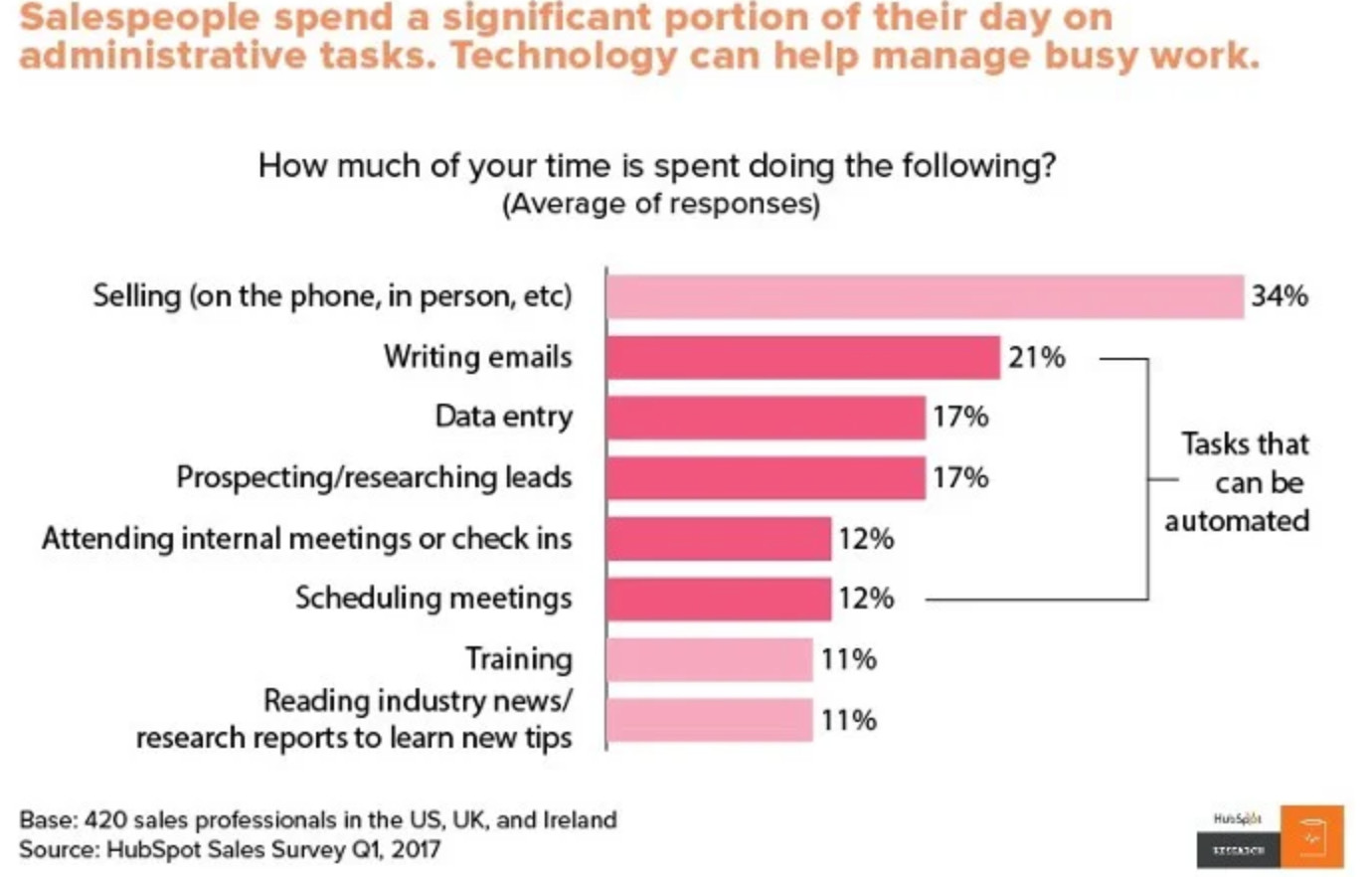
Sales enablement is a rocket booster for company growth because it synchronizes our talent with tools and strategy. Here are key insights from my experience of implementing it:
- Automating sales qualification with our Dashly chatbot hit all the high notes — streamlining our lead scoring was like scoring front-row tickets to efficiency.
- Custom Content: Drafted chart-toppers for each buying stage.
- Tech Stack: Decked out the squad with the latest, greatest sales tech.
- Consistent Training: Kept skills fresh with tune-up sessions and live drills.
- Agile Feedback: Jammed with insights to keep the strategy tight and right.
Building and refining — like composing a classic — that’s the essence of solid enablement strategies. Develop and flex those sales enablement strategies and watch your growth charts climb.
FAQ on sales enablement strategy
What’s a Sales Enablement Plan?
A sales enablement plan is your blueprint for giving sales the goods to clinch deals. It’s the playbook you develop to kit out your team with the know-how, tools, and content they need to sell smarter, not harder. When you build a sales enablement strategy, you’re charting courses for training sessions, tech stacks, content libraries, and performance metrics. It’s your master plan to boost those sales numbers.
What’s a Sales Enablement Framework?
A sales enablement framework is the structural backbone for building and enhancing your sales operations. It’s the sturdy scaffolding where you hang all your tactics and tools. This framework lays out how you’ll create a sales enablement strategy with clear steps, from training and content delivery to adopting tech and measuring results. It’s the architecture supporting your broader sales enablement strategies, ensuring the whole machine is tuned to sell like a dream.
What is a sales enablement strategy?
A sales enablement strategy is your master plan — it’s how you build a sales enablement machine that runs at max speed. Think of it as a mixtape of sales enablement tactics: targeted training, killer content, and tech tools that empower your reps. For instance, a sales enablement strategy example could be implementing AI-driven chatbots for instant customer engagement. It’s the collection of smart sales enablement initiatives aimed to boost efficiency and skyrocket sales.
Read also:
- What is sales enablement? Definite guide + Strategy + Tools for 2024
- How to measure success: 20+ sales enablement metrics to track in 2024
- Harnessing the power of AI sales enablement: 5 strategies to transform your sales process
- Top 13 sales automation tools to propel your sales strategy
- 7-steps guide on how to create an automated sales funnel in 2024: examples & tools
- 7 sales enablement best practices to empower your team and boost performance
- 10 sales enablement tools: Best software to grow your team performance
- Guide on sales enablement team structure: 10 roles and responsibilities
- Mastering sales automation: A comprehensive guide to best practices and tools
- Sales and marketing automation: How to align their workflow to 2x revenue [Dashly example]
- Guide to sales funnel optimization: best tips, tools, and common pitfalls
- 10 inspiring sales funnel examples to boost your business growth
- Mastering sales funnel analysis: step-by-step guide, tools, and examples
- Ultimate guide to an AI sales funnel: the best tips, tools and common mistakes to avoid

![Build Ideal Customer Profile Like a Pro Even If You’re Not [3 Templates]](https://www.dashly.io/blog/wp-content/uploads/2021/03/ideal-customer-profile-4-720x308.jpg)
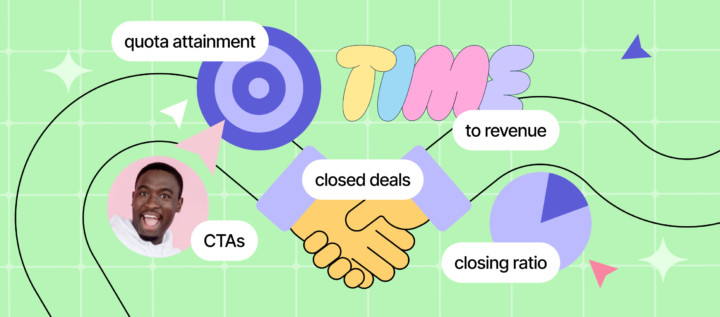



![What is sales enablement? Definite guide + Strategy + Tools for 2024 [CSO edition]](https://www.dashly.io/blog/wp-content/uploads/2021/03/sales-enablement-720x308.jpg)
